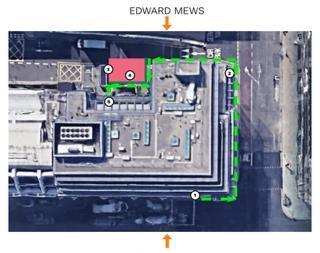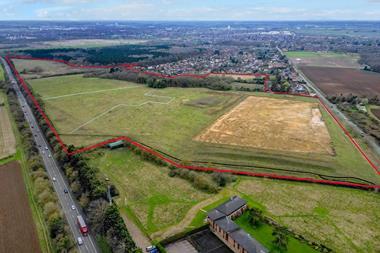You have a complex 21st-century housing problem. So what’s your solution?

Brush mousse through your mullet and play Pac-Man to Duran Duran? Or pull on your flares and play Buckaroo by a lava lamp? It gets weirder. Because the main parties’ housing policies do offer, among other things, alternative journeys back in time: one to 1970s mass council housebuilding and rent control; the other to 1980s right to buy and home ownership - privileged above all other tenures. There is a danger that build to rent (BTR) will fall between these twin time tunnels.
That would be a tragedy, because high-quality BTR (akin to US multi-family housing) offers additional and efficient housing to young professionals and average earners - people saving up for (or not wanting) build to sell (BTS).
BTR is not a threat to BTS; it is BTS’s perfect supplement. So the government and local authorities should act now. Some £30bn of institutional money is eager to enter this sector. This was clear from the BTR panel (Grainger, Greystar, Savills, Venn and the British Property Federation) I chaired recently in front of 90 key industry figures. But markets being what they are, this money won’t wait forever. It must be incentivised to ignite BTR now.
Backing BTR will create more homes and provide a more sophisticated and segmented approach to the housing crisis. It will get more people housed quickly. You can let flats faster than you can sell them. You can also set rents at commercial levels that don’t destroy people’s finances if interest rates increase.
We can do better than this 70s v 80s dance-off. We can add a coherent BTR policy. There are a number of points it should include. For one, following the Greater London Authority’s lead, local authorities should be given decisive planning guidance - annual quotas for building BTR units in numbers. They should also be encouraged to impose covenants securing sites for long-term BTR - periods of 10-30 years. Without these restrictions, BTS will always win the war for sites
as its immediate return trumps BTR’s more long-term results.
I would also like to see a BTR use-classes order considered (weighing the risk of inflexibility if the market changes) and public valuers be more adventurous on ‘best value’. BTR offers a subtle value solution: a capital sum, long-term income stream and no selling the family silver (modifying Harold Macmillan).
Another initiative that would help is measured tax incentives. Under existing treaties, long-term repair VAT can be cut by up to 5%. Section 106s, developer contributions and affordable housing policy could all make more beneficial use of BTR.
Accurate brownfield site registers should also be opened and exploited using BTR, and we should remember that the UK has 610,000 unoccupied homes (three years’ supply at current build rates). Incentives should be used to encourage a ‘renovate to rent’ movement - there’s no room for dead space where people need homes.
Finally, we must rethink construction technology. Computers would confound a Roman builder, but he could start work on a building site tomorrow. It is time for factorised off-site construction, 3D printing and a robotised workforce. It would break one of BTR’s main barriers: the build and site inflation viability trap. ‘Generation rent’ can’t wait while traditional methods trundle along, every year building fewer than half the homes we need.
Unless we implement a coherent BTR policy (combined with all other solutions of scale, such as council and social housebuilding and traditional BTS), we will be condemned to house only some of our very poor, alongside the rich and the chronically over-mortgaged. Then our grandchildren will look back at us with disappointed and unhoused eyes.
Bruce Dear is partner - head of London real estate at Eversheds






























No comments yet